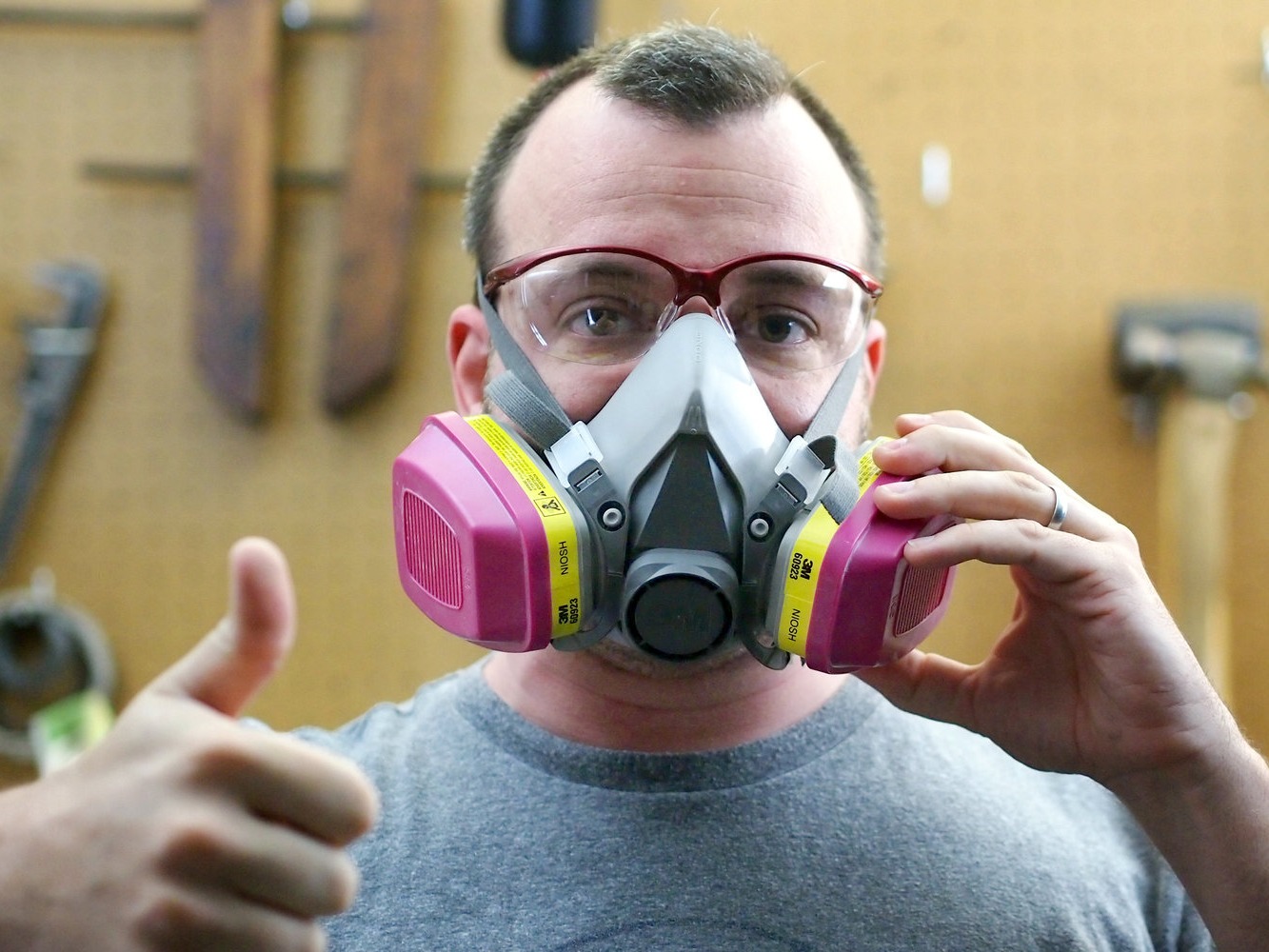Employees must pass a “fit test” before being issued tight-fitting respirators, with two methods of testing available – quantitative and qualitative.
Both types of tests are used to determine if the disposable or reusable respirator has an adequate seal, by detecting if any air is leaking into the facepiece.
However, qualitative tests are pass/fail, based on the user’s sense of smell or taste, while quantitative tests use specialized equipment to measure exactly how much air is leaking through the seal.

Regardless of which test is chosen, the respirator tested must be the same make, model and size as what the worker will use in the work environment.
They must also be tested wearing any other personal protective equipment (PPE) that they will use in conjunction with the respirator, such as ear muffs, safety goggles or prescription glasses, as these can also interfere with the seal.
Records of each fit test conducted should be kept, noting the date, the type of test performed, the type of respirator and the test result.
Aside from before a respirator is issued, fit tests should also be conducted at least annually, whenever a new make, model or size of respirator is issued and if there are changes to the worker’s facial characteristics, such as loss of teeth, weight change or facial hair changes.
Qualitative mask fit testing is a test based entirely on your ability to smell and/or taste a spray solution or smoke. This is completed using one of four solutions:
Irritant smoke;
Bitrex;
Isoamyl acetate (banana oil);
or Saccharin
For the first part of the mask (respirator) fit test a sensitivity test is performed to see if you have a strong or weak sense of taste with the testing agent. Once we know how well you taste the testing solution, you are fitted with a respirator and a seal check is completed.

 Add Row
Add Row  Add
Add 




Write A Comment